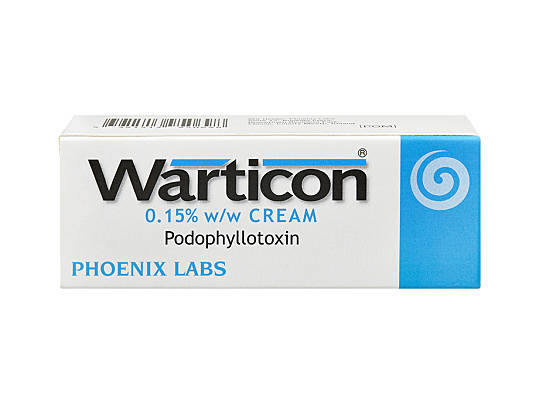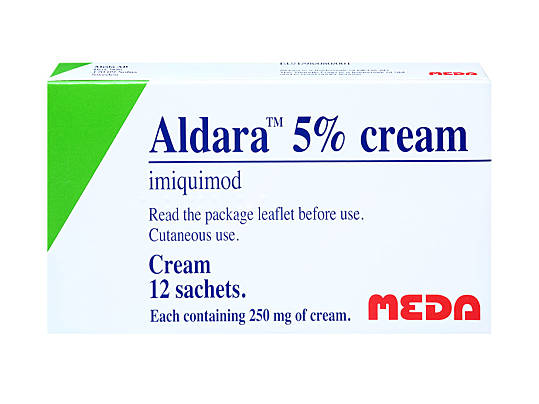Early Signs of Genital Warts

Medically reviewed by
Dr Kathryn BasfordLast reviewed: 21 Mar 2022
The different stages and how to spot the bumps

Key takeaways
Genital warts are usually small skin-coloured bumps that can grow in clusters in and around your genital area, are usually soft, and can be flat or raised
The warts themselves are the only obvious symptom that indicates you have a genital warts infection
Warts will appear weeks or months after when you got infected
The best way to avoid genital warts is to avoid unprotected sex and stay healthy – your body can sometimes fight off the infection itself
Not all genital bumps are warts so it helps to get an assessment and get a treatment recommendation if you think you might have them
Genital warts come in various sizes and shapes. You can recognise them from their symptoms but it's best to have a professional diagnosis from a doctor.
ZAVA offers an online photo assessment as well as topical genital warts treatments.
How can I check for signs of genital warts?
The only symptom of genital warts are the growths, which means you only know you're infected once you've spotted one of them on your skin. They can sometimes appear inside your genitals and may be difficult to spot. If you think you have been infected, you need to consult your GP.
It is best to spot and treat them early on, to make sure they don't keep growing and spreading. Women should look for warts in or around their vulva and groin. Men should examine their penis, scrotum, groin and thighs. Oral and anal sex with an infected partner can lead to genital warts spreading to the mouth (e.g. lips, tongue, palate), throat and anus.

No results found.
Please check your spelling or try another treatment name.
What to look for
Genital warts come in various sizes and shapes. Common symptoms of genital warts include:
- Small bumps (up to 2-3mm) that are skin-coloured and often grow in clusters forming a sort of cauliflower shape
- Some people only have one or two warts. When these growths are located directly in the genital area, they are usually soft-to-the-touch and can be either raised or flat
- Most of the time, genital warts appear in moist areas (e.g. in or around the vagina, anus or groin) and do not cause discomfort or pain. In rare cases, they can be itchy, hurt a bit or bleed - especially if you scratch them
With regards to the early signs of genital warts, you need to keep in mind that they can appear weeks to months after the infection. Women who have recently had unprotected sex and are looking for early signs of genital warts should check themselves regularly. Not all genital bumps are early signs of genital warts. They could be the manifestation of other diseases, from syphilis to haemorrhoids or papules (sort of pimples). When in doubt, consult your GP or GUM clinic.
What to do if you see signs of genital warts
If you spot the first signs of genital warts you should begin treatment immediately. Topical creams such as Warticon, Condyline or Aldara can help you get rid of the warts. Other treatments for warts include a wide range of surgical operations (laser, freezing, or cutting them off) as well as chemical treatments. These treatments help remove the warts but they do not kill the virus which causes them.
If you or your doctor or nurse have found warts, it’s important you are checked for other sexually transmitted infections, such as gonorrhoea, chlamydia, syphilis, and HIV.
How to avoid infections or outbreaks
Rather than looking for early signs of genital warts and having to treat them after they've appeared you should try to prevent the infection. Your body is capable of fighting the virus, and patients in their 20s to early 30s generally have a better chance of effectively killing the virus than patients over 30.
If you know you carry the virus, you should try to boost your immune system. It is exactly when your body is weakened that genital warts tend to appear. Take extra care when suffering from a disease (including chronic diseases such as diabetes) or undergoing chemotherapy. An unhealthy lifestyle increases your risk of developing genital warts if you have contracted the virus. You should avoid smoking, binge drinking and stress.
Men are equally as contagious as women, even though they are less likely to show symptoms. The best way to avoid warts remains prevention, via the use of condoms and regular check ups at your GUM clinic. You are particularly at risk of developing warts if you have several sexual partners per year and do not use condoms.
How do genital warts compare to other types of warts?
Warts on other parts of the body – warts on your genitals and warts on the rest of your body (such as on your hands or feet) are similar but not exactly the same. Any types of wart will develop when the HPV (the human papillomavirus) infects the outer layer of your skin, causing rapid excess skin growth.
They aren't usually transferable – the HPV virus spreads to other parts of your body, but they are most likely to develop where there is broken skin. Warts are spread between people via direct skin-to-skin contact. There are many different types of HPV – the types that cause common bodily warts are usually different to those that cause genital warts (types 6 and 11). However, if (for example) the wart on your hand has been caused by a type of HPV that can also cause genital warts (types 6 or 11), then there’s a chance that skin contact will cause genital warts. Common bodily and genital warts have not been associated with an increased risk of cervical cancer. A small minority of types of HPV are associated with cervical cancer, but these don’t usually cause warts.
Not all blemishes are warts – there are all kinds of warts, lumps or pimples that you can get on your genitals. Finding one isn’t necessarily anything to worry about. However, it’s a good idea to get yourself checked out by a nurse or doctor if you’re ever unsure about what’s going on down there. Here’s a short overview of common types of mark or blemish you might find in your genital area, and how they compare:
Genital warts:
- Small, fleshy skin-coloured bumps, sometimes with a cauliflower-like surface
- Genital warts are caused by HPV types 6 and 11. They are very contagious, and spread via sexual contact. They are the most common STD in the world, but they aren’t dangerous
- There’s no cure for the HPV virus, but the warts can be treated with creams or liquid, surgery, or freezing. Sometimes the virus will go away on its own
- Red, painful and sometimes itchy blisters or sores
- Herpes sores are caused by the herpes simplex virus. The infection can be passed on during sex
- There’s no cure for herpes, but there are medicines you can take to prevent or reduce outbreaks of infection
Ingrown pubic hairs:
- Red, sore pimples around the follicles of your pubic hairs
- Ingrown hairs happen when hair regrowth goes wrong. It happens mainly to people who shave their pubic area
- Avoid shaving again for a while, and make an appointment with your GP if they get irritated or infected
Spots or pimples:
- Just like the white-heads you get on the rest of your body
- Spots on your genital area are perfectly common. Sometimes, pimples are hormonal and related to your menstrual cycle
- Avoid touching or picking them. Don’t shave or wax down there for a while, keep the area clean, and have plenty of warm baths
Skin tags:
- Like genital warts, skin tags are small, fleshy bumps. Unlike genital warts (which are raised bumps, lying flat on the surface of the skin), a skin tag grows outwards and is attached to your skin by a narrow stalk
- Skin tags are perfectly harmless pieces of extra skin, usually caused by friction
- There are several types of over-the-counter treatments available for managing skin tags, including tea tree oil
Moles:
- Moles are like warts or skin tags, but they are usually symmetrical and very well-defined. They should have a consistent colouring throughout
- Moles occur perfectly naturally across your body, including on and around your genitals. In rare cases, moles can become cancerous, so you should keep a close eye on how they look, and notify your GP about any changes
- There’s no need to treat a mole, unless it bothers you or it becomes cancerous. In these cases, moles can be removed easily with surgery
What other symptoms come with genital warts?
The main symptom of the genital wart virus are the small, skin-coloured growths that appear on or around your genital area. The growths can clump together and form a cauliflower-like shape.
Other symptoms associated with genital warts include:
- Itching or inflammation
- Bleeding if the warts become inflamed, irritated or scratched
- Disruption to the normal flow of urine if you have near or inside the urethra
For peace of mind and expert advice, if you’re ever unsure about something that you’ve found on the skin surrounding your genitals, visit a GP or nurse at your local surgery or sexual health clinic for a proper consultation and diagnosis.

Dr Kathryn Basford is a qualified GP who works as a GP in London, as well as with ZAVA. She graduated from the University of Manchester and completed her GP training through Whipps Cross Hospital in London.
Meet our doctorsLast reviewed: 21 Mar 2022
-
Genital warts, National Health Service [accessed March 2022]
-
Genital warts, Healthline [accessed March 2022]
When you get an outbreak of genital warts, you can treat them with topical gels and creams. ZAVA offers a variety of these creams and gels through a discreet, convenient service.











